Dr. Dasmahapatra earned his bachelor’s degree (M.B.B.S) from Nil Ratan Sirkar College and Hospital, Calcutta. Subsequently, he attained a Master’s degree (M.S) in gynecology & obstetrics in 1993 from Patna University. Additionally, he holds a prestigious Fellowship in Gynecological Endoscopic Surgery from Sydney, Australia, which is considered a significant advantage in the field of cutting-edge laparoscopic surgery procedures.
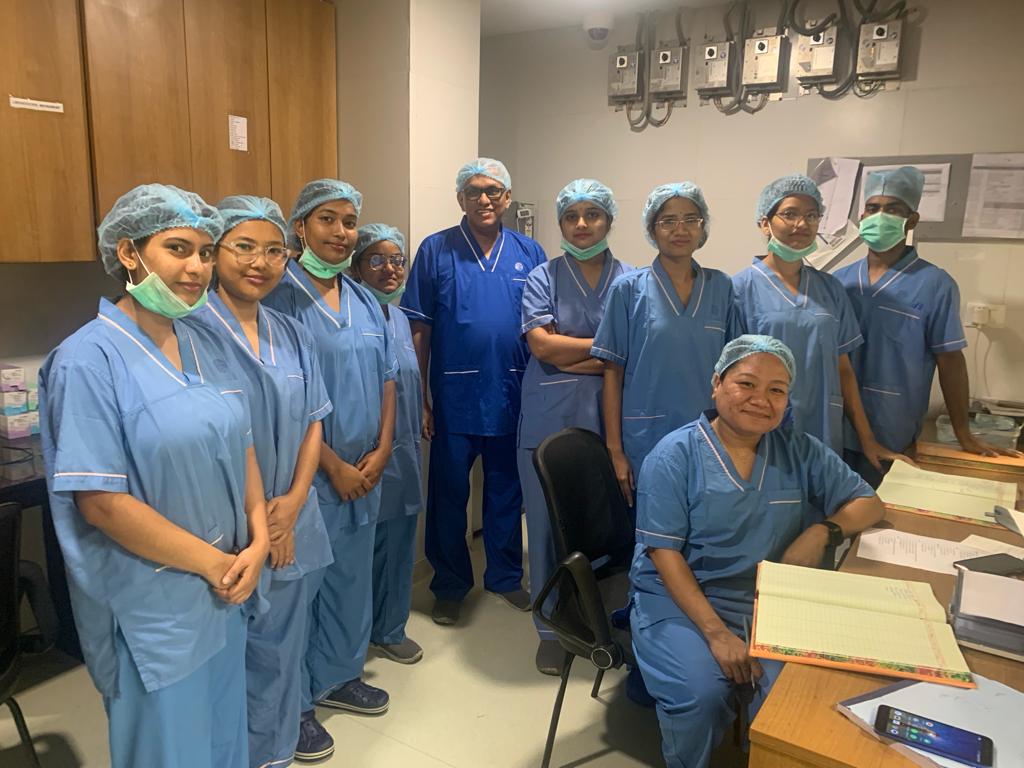
This indicates that Dr. Sankar Dasmahapatra has a solid academic foundation and has pursued specialized training in gynecological endoscopic surgery, enhancing his expertise in advanced laparoscopic procedures. If you have any specific questions or if there’s more information you’d like to know, feel free to ask!
Dr. Sankar Dasmahapatra specializes in high-risk pregnancy problems, infertility issues, and gynecological laparoscopic surgery. Patients with such concerns choose to visit him at Bhagirathi Neotia Woman and Child Care Centre in Newtown, Kolkata. It’s noteworthy that he is actively involved in performing laparoscopic surgeries at Bhagirathi Neotia Hospital in Newtown, Kolkata.
Bhagirathi Neotia Woman and Child Care Centre is likely a specialized facility catering to the needs of women and children, providing comprehensive healthcare services in the mentioned areas of expertise. If you have any specific questions about Dr. Sankar Dasmahapatra’s practice or the services offered at Bhagirathi Neotia Woman and Child Care Centre, feel free to inquire further!
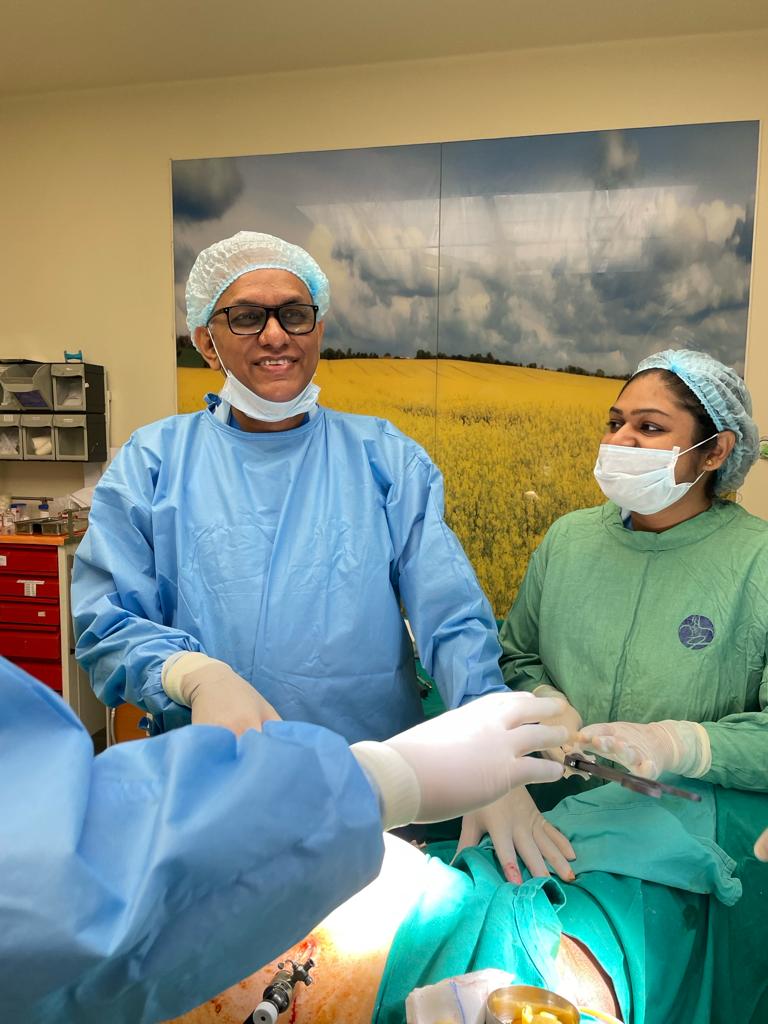
Treatments
-
Laparoscopic Surgery in Infertility
Laparoscopic surgery is a minimally invasive surgical technique that involves making small incisions and using a thin, lighted tube with a camera (laparoscope) to view and operate inside the pelvic or abdominal cavity. In the context of infertility, laparoscopic surgery may be recommended for diagnostic and therapeutic purposes. Here are some scenarios where laparoscopic surgery might be utilized in infertility cases:
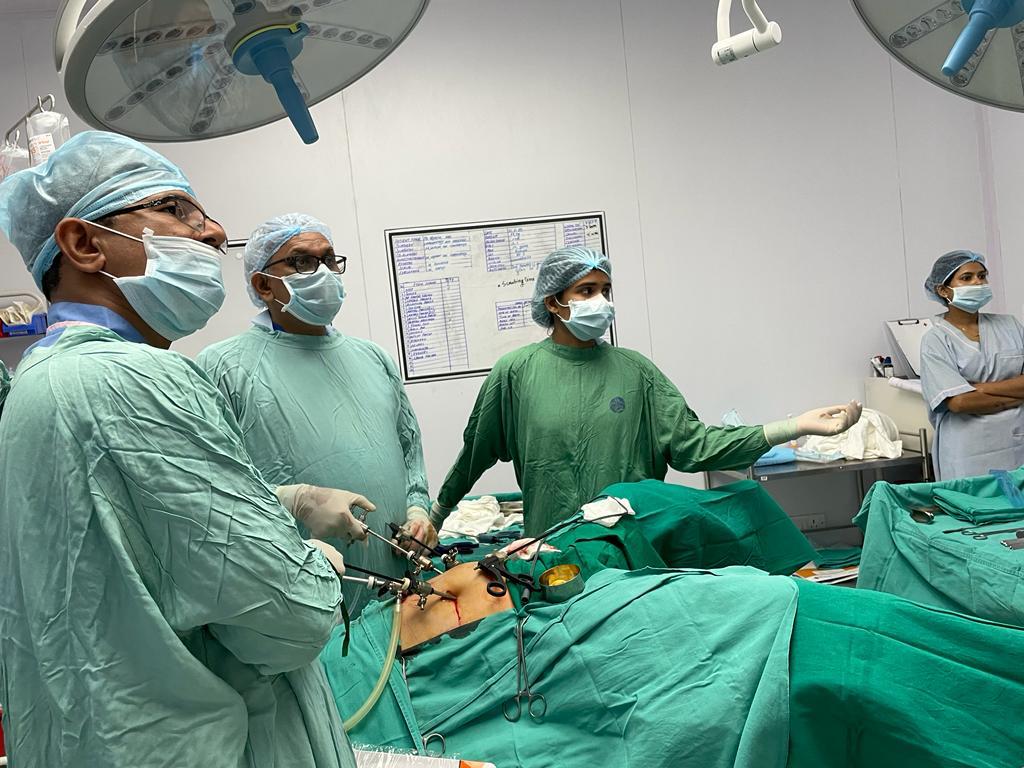
Endometriosis: Laparoscopy can be used to diagnose and treat endometriosis, a condition where tissue similar to the lining of the uterus grows outside the uterus. This can cause infertility, and laparoscopy allows for visualization and removal of endometrial tissue.
Ovarian Cysts: Laparoscopy may be used to remove ovarian cysts that can interfere with normal ovarian function and fertility.
Fibroids: In some cases, laparoscopic myomectomy can be performed to remove fibroids from the uterus, which may improve fertility.
-
Caesarean Section
A Caesarean section, often referred to as a C-section, is a surgical procedure in which a baby is delivered through an incision made in the mother’s abdominal wall and uterus. This method of childbirth is typically used when a vaginal delivery is considered unsafe or not possible for various reasons. Here are some key points about Caesarean sections:
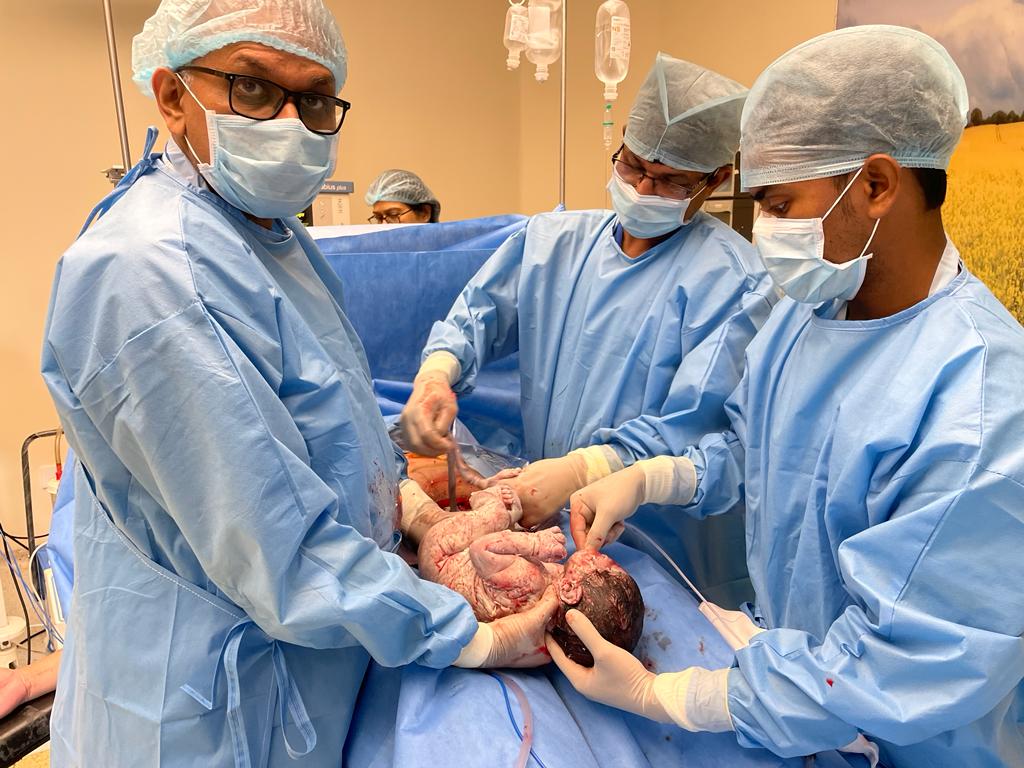
Indications for a C-Section:
Medical Reasons: C-sections may be performed due to medical conditions that make a vaginal birth risky for the mother or the baby, such as placenta previa, breech presentation, or certain medical complications.
Previous C-Section: A woman who has previously had a C-section might opt for a repeat C-section or attempt a vaginal birth after cesarean (VBAC), depending on her health and specific circumstances.
-
High Risk Pregnancy
A high-risk pregnancy refers to a pregnancy in which there is an increased likelihood of complications for the mother, the baby, or both. Various factors can contribute to a pregnancy being classified as high risk. These factors may exist before pregnancy or arise during the course of gestation. Here are some common factors associated with high-risk pregnancies:

Maternal Age:
Advanced Maternal Age: Pregnancies in women aged 35 and older are considered higher risk for complications such as gestational diabetes, preeclampsia, and chromosomal abnormalities.
Medical Conditions:
Pre-existing Health Conditions: Chronic conditions such as diabetes, hypertension, autoimmune disorders, and heart disease can increase the risk of complications during pregnancy.
Previous Pregnancy Complications:
Women who have experienced complications in previous pregnancies, such as preterm birth, gestational diabetes, or preeclampsia, may be at a higher risk in subsequent pregnancies.
Multiple Pregnancies:
Pregnancies with twins, triplets, or higher-order multiples are considered higher risk due to the increased likelihood of preterm birth and other complications.
Uterine Abnormalities:
Conditions such as uterine fibroids, a bicornuate uterus, or other structural abnormalities can contribute to a higher risk of complications.
Infections:
Certain infections during pregnancy, such as cytomegalovirus (CMV), rubella, or sexually transmitted infections, can pose risks to both the mother and the baby.
Genetic Factors:
Certain genetic factors or family history of genetic disorders may increase the risk of birth defects or developmental issues.
-
Normal Delivery
Normal delivery, also known as vaginal delivery, is the natural process of childbirth where a baby is born through the mother’s vagina. This is the most common method of childbirth and is considered the traditional way for a baby to be delivered. Here are key aspects of normal delivery:
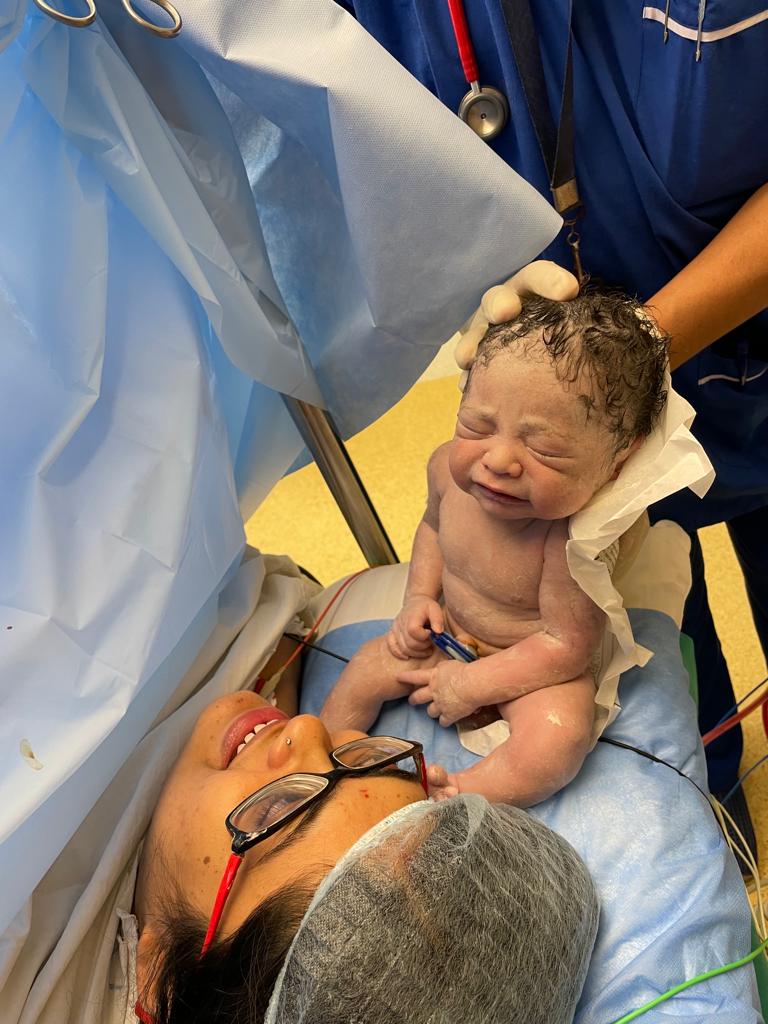
Labor:
Onset of Labor: Labor typically begins with contractions that cause the cervix to dilate and efface, allowing the baby to descend into the birth canal.
Stages of Labor:
First Stage: This stage is characterized by the onset of contractions, cervical dilation, and effacement. It is further divided into early, active, and transition phases.
Second Stage: This is the stage of pushing and delivery. The cervix is fully dilated, and the mother pushes to help the baby move through the birth canal.
Third Stage: This stage involves the delivery of the placenta, which usually occurs shortly after the baby is born.
Pain Management:
Pain relief options during labor may include epidurals, analgesics, breathing techniques, and other comfort measures. The choice of pain management depends on the mother’s preferences and the progress of labor.
Positioning:
The mother may be encouraged to change positions during labor to facilitate the descent of the baby through the birth canal. Upright positions, walking, and squatting can be beneficial.
Medical Interventions:
In some cases, medical interventions may be necessary, such as the use of forceps or vacuum extraction to assist in the delivery. Induction or augmentation of labor may be recommended if there are concerns about the health of the mother or baby.
Postpartum Recovery:
Recovery after a normal delivery is generally faster compared to a cesarean section. Mothers can expect to resume normal activities sooner, but the duration of recovery varies for each individual.
Benefits of Vaginal Delivery:
- Vaginal delivery is associated with fewer complications and a shorter recovery time compared to a cesarean section.
- Babies born vaginally may benefit from exposure to beneficial bacteria during the passage through the birth canal.
Dr. Sankar Mahapatra is available at Bhagirathi Neotia Hospital Newtown, Kolkata:
Bhagirathi Neotia Woman and Child Care Centre
Address: Premises No. 27-0327, Street No. 327, Action Area 1D, Newtown Kolkata – 700 756 West Bengal, India
Dial: (+91) 87776 13551/ 92306 16647/ 98300 78757
WhatsApp: 98300 78757
Visiting Hours: Monday to Saturday 10 a.m – 11:30 a.m